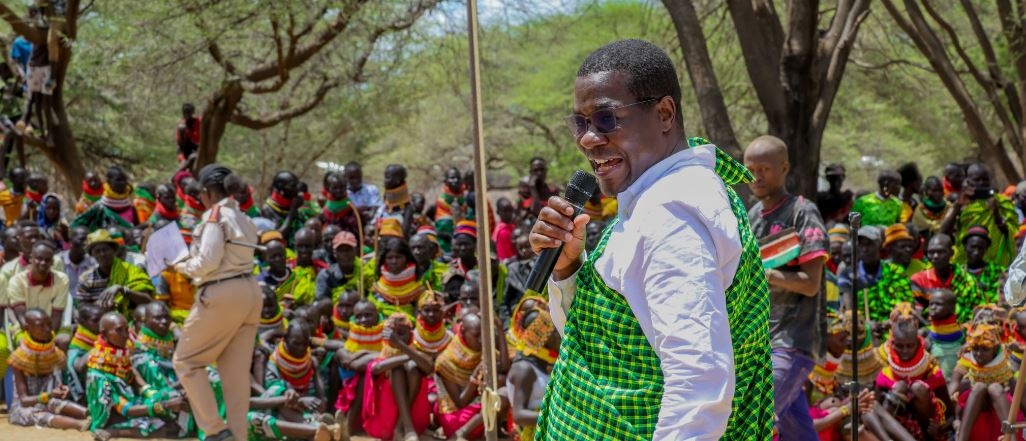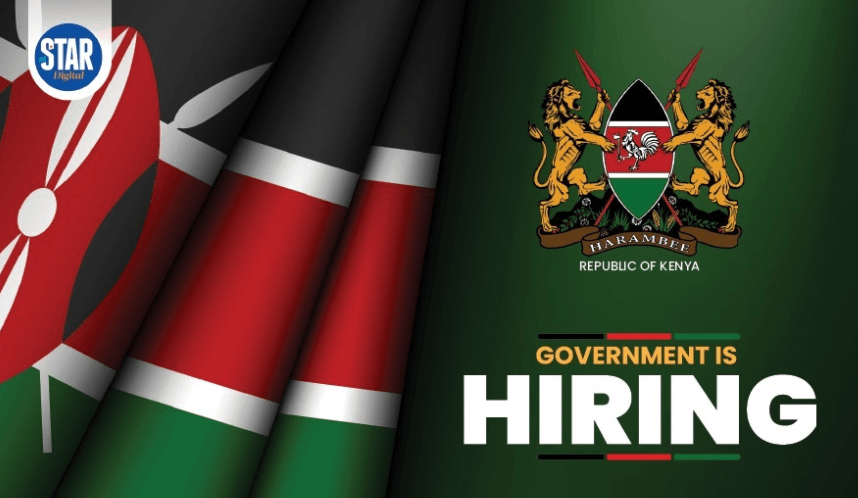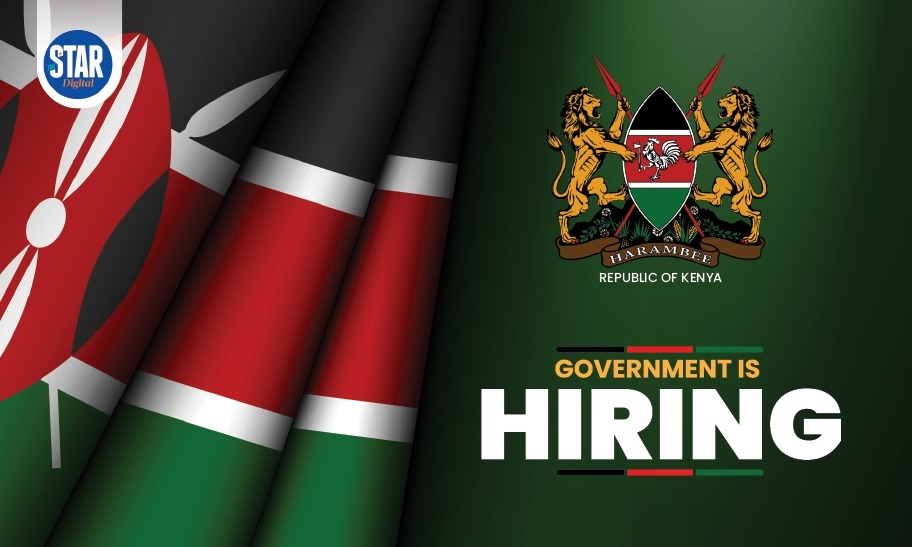At least six million Kenyans will need relief food come July due to devastation caused mostly be Covid-19 and the locusts, the World Food Programme says.
The country is also likely to face a large influx of refugees from Somalia and South Sudan, which will be most hit by Covid-19 shocks.
The WFP said most of the people were already projected to face hunger, but the economic problems caused by lockdowns will add to their number.
The pandemic, which has hit the richest nations the hardest, could strain the humanitarian response.
The number of Kenyans facing hunger is reported in the 2020 Global Report on Food Crises, released this week.
The report is based on the 2019 hunger levels.
The WFP said, however, even without taking into account the impact of the new virus, 2020 was already expected to be the worst year with regard to food crises since 2017.
“Before the coronavirus even became an issue, I was saying that 2020 would be the worst humanitarian crisis since World War II for a variety of reasons,” WFP executive director David Beasley told the UN Security Council on Tuesday.
“At the same time that we’re dealing with [the] Covid-19 pandemic, we’re also on the brink of a hunger pandemic.”
According to the report, the most hit will be Mandera, Tana River and Wajir counties, from July.
On Tuesday, Beasley said the ongoing lockdowns will result in economic recession and loss of income among the working poor.
He said overseas remittances will drop sharply in places such as Somalia, while the loss of tourism receipts will damage countries such as Ethiopia and Kenya.
The collapsing oil prices in lower-income countries such as South Sudan will have a significant impact, where oil accounts for 98.8 per cent of total exports.
"The economic and health impacts of Covid-19 are most worrisome for communities in countries across Africa as well as the Middle East, because the virus threatens further damage to the lives and livelihoods of people already put at risk by conflict," Beasley said.
He said the Global Report on Food Crisis shows globally 135 million people are marching towards the brink of starvation.
"But now the World Food Programme analysis shows that, due to the coronavirus, an additional 130 million people could be pushed to the brink of starvation by the end of 2020. That’s a total of 265 million people," Beasley said.
In a worst-case scenario, WFP projected famine in about three dozen countries.
Beasley asked donors to accelerate the $1.9 billion in funding that has already been pledged so WFP can stockpile food.
"We are also requesting a further $350 million to set up a network of logistics hubs and transport systems to keep humanitarian supply chains moving around the world."
Edited by Josephine M. Mayuya














